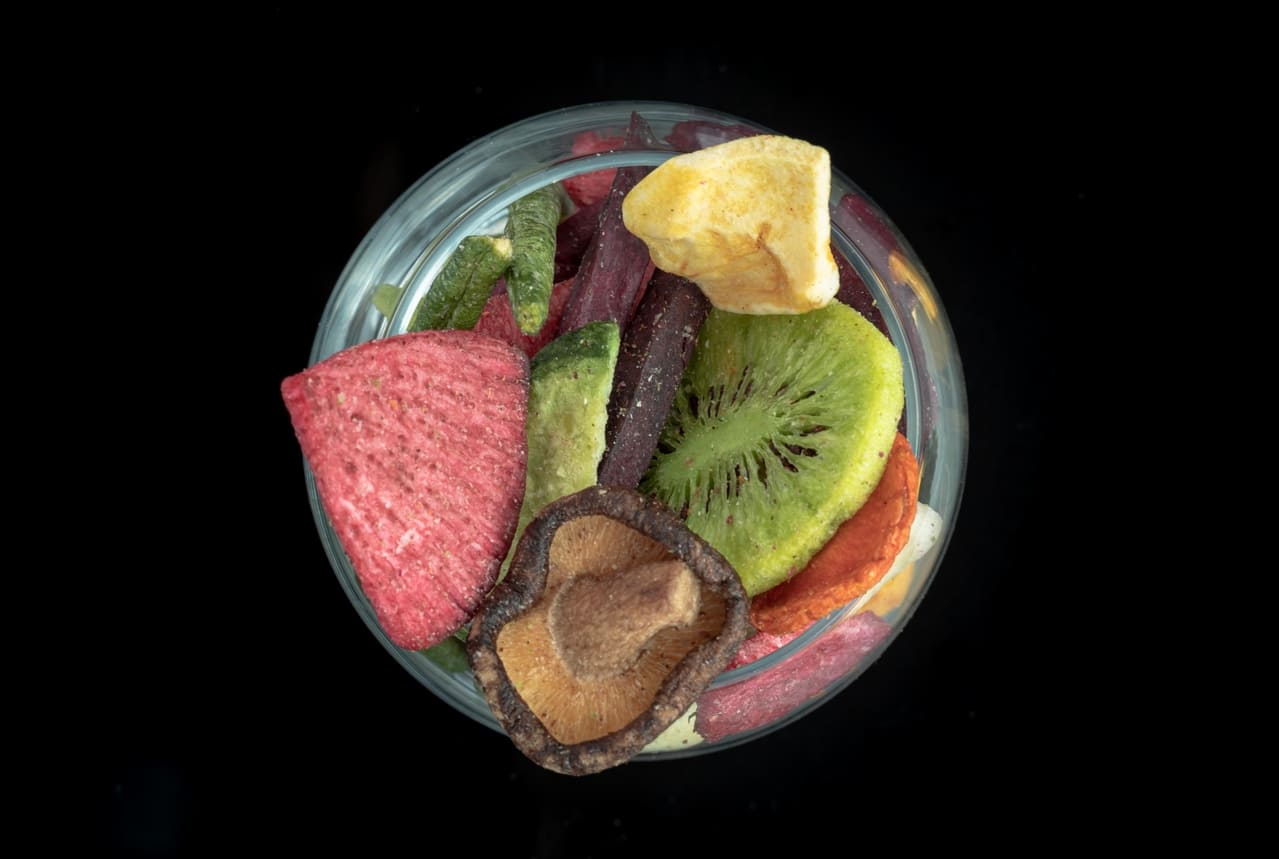15 Tasty Facts Every New Fan Should Know About Japanese Food
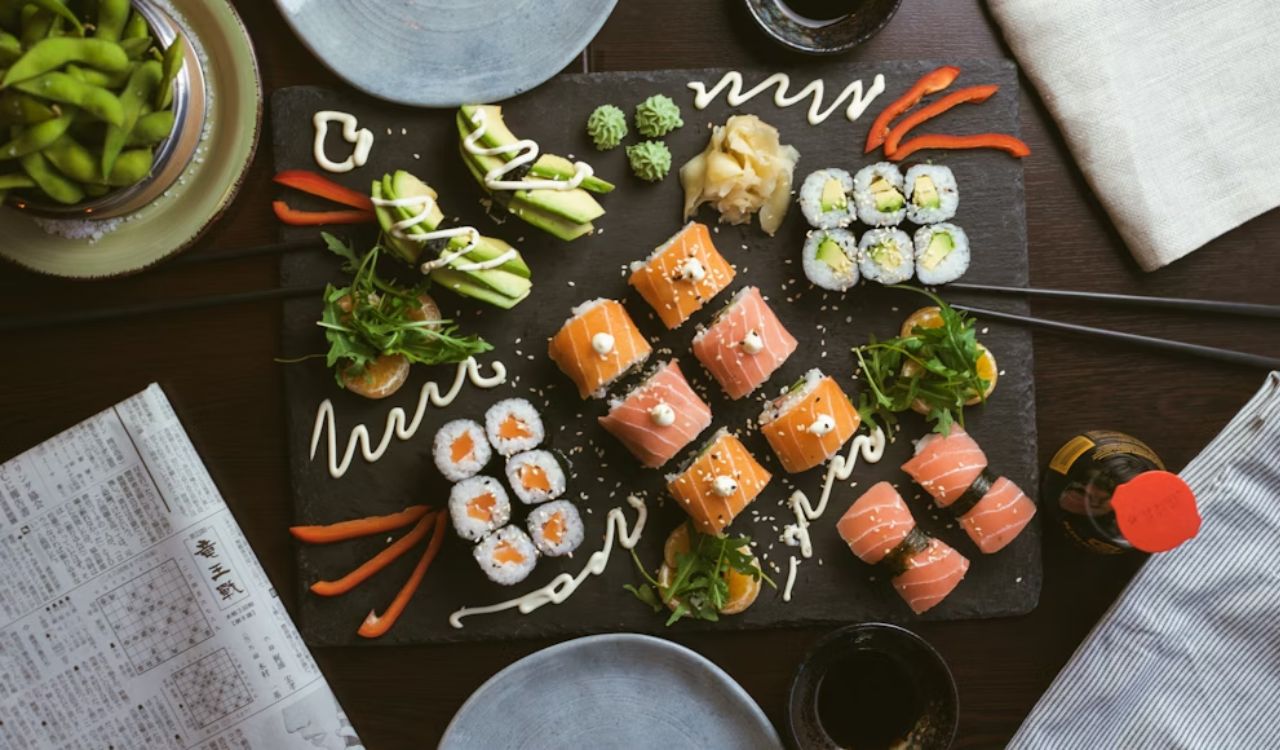
Japanese cuisine is far more than sushi and ramen. It reflects centuries of tradition, artistry, and deep respect for seasonal ingredients. From regional dishes to symbolic rituals, every meal carries cultural meaning as well as incredible flavor. Whether you’re a first-time visitor or a dedicated foodie, these 15 facts reveal what makes Japanese food unique, showing how history, precision, and creativity come together on the table.
Sushi Was Originally a Way to Preserve Fish in Rice
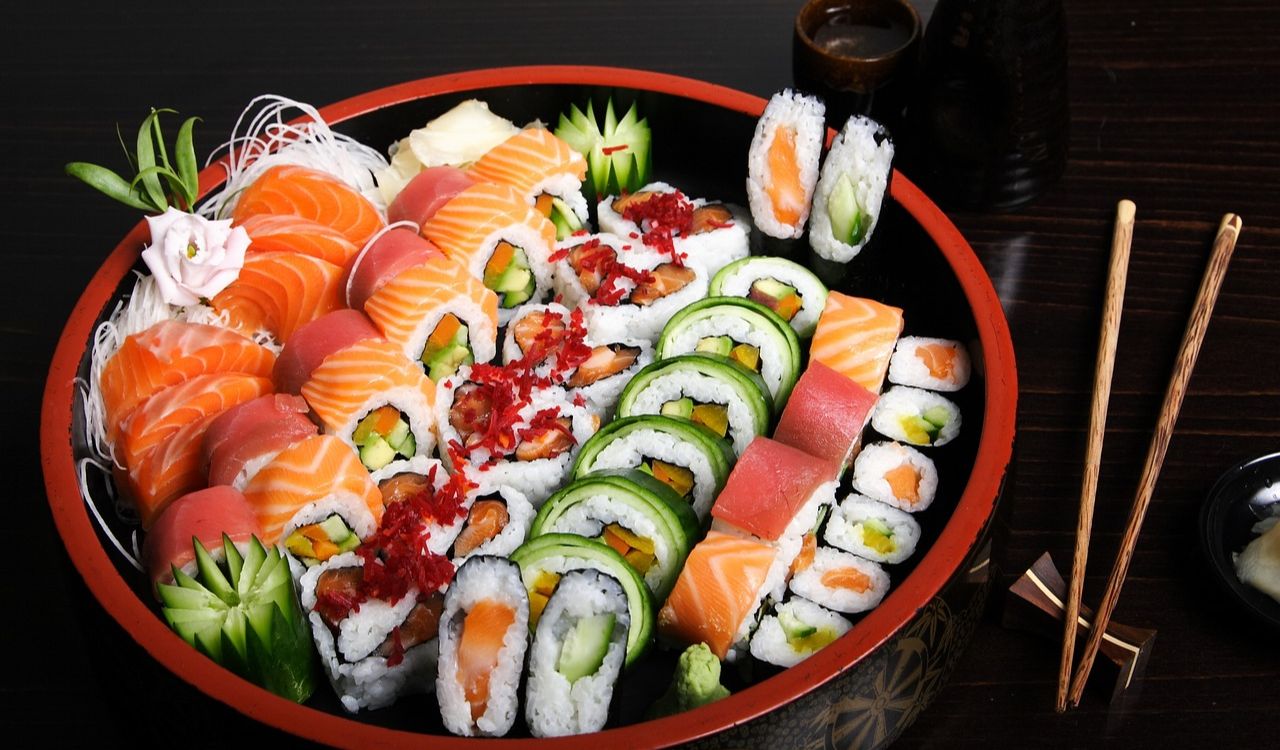
Sushi began not as an iconic dish but as a preservation method. Centuries ago, fish was layered in fermented rice to extend its shelf life for months. Over time, instead of discarding the rice, people began eating both together, transforming preservation into cuisine. This evolution gave rise to sushi styles like nigiri and maki. Today’s focus on freshness and clean flavors illustrates Japan’s ability to turn necessity into culinary artistry.
Ramen Came From China But Evolved Into Japan’s Comfort Food
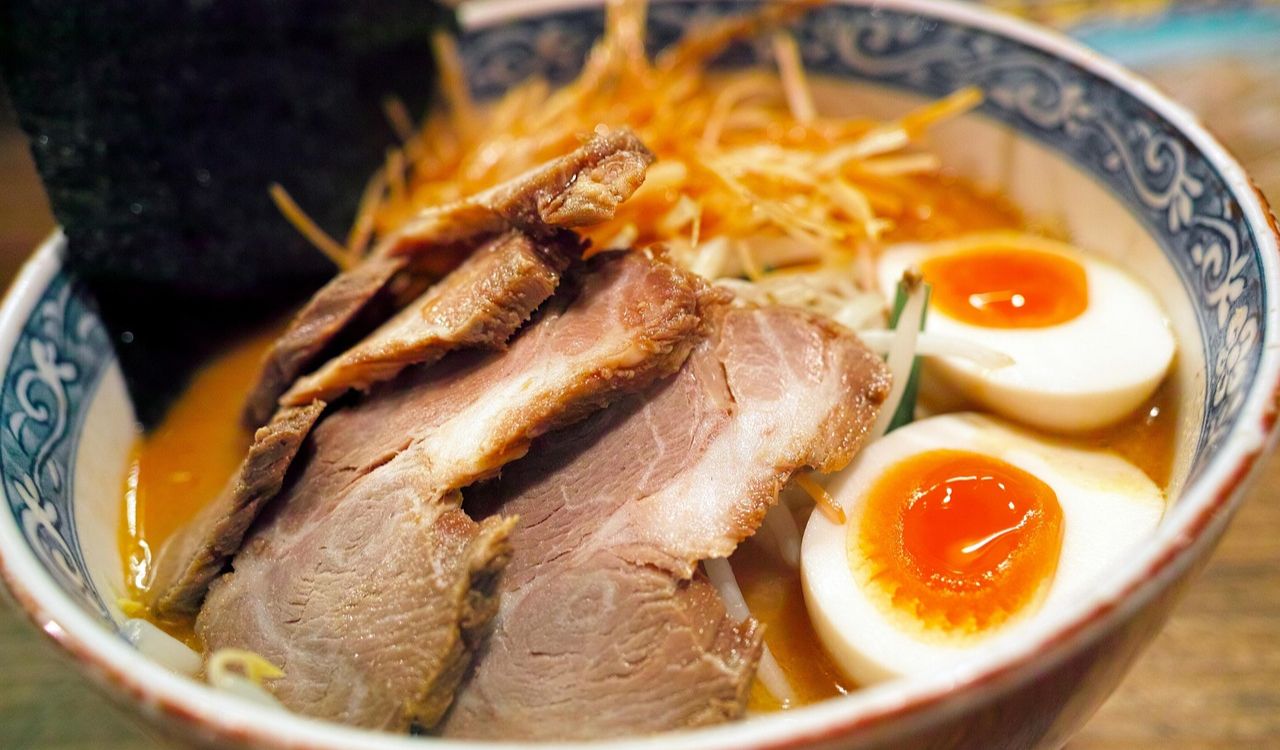
Ramen may be a Japanese favorite, but its roots trace back to Chinese wheat noodles. Once introduced, Japan made the dish its own by developing unique broths, toppings, and regional twists. Hokkaido is known for rich miso ramen, Tokyo for soy-based broth, and Kyushu for creamy tonkotsu ramen. Each version reflects local climate and resources, from hearty northern styles to lighter southern bowls. Over the years, ramen transformed from a foreign import into a symbol of Japanese comfort food. It now represents variety, adaptability, and the joy of a steaming bowl shared with friends.
Tempura Was Introduced by the Portuguese in the 1500s
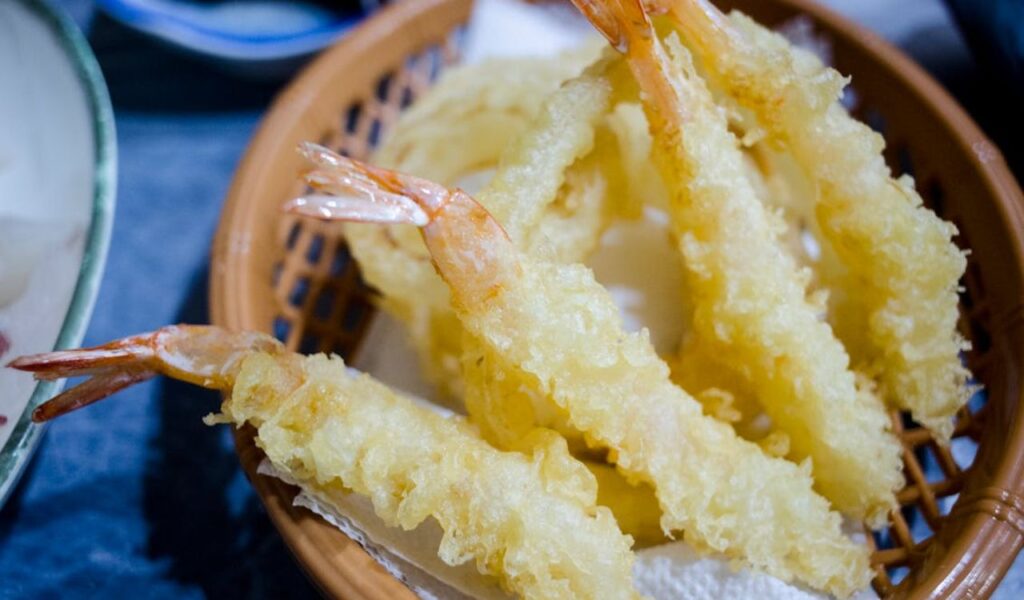
Tempura may feel quintessentially Japanese, but its origins trace to the 16th century with Portuguese traders and missionaries. They introduced frying methods used for battered vegetables, which Japanese cooks refined into a lighter, crispier style. Using seafood and seasonal produce, tempura became distinctively Japanese. Often served with dipping sauce, rice, or noodles, it’s now a beloved staple that reflects Japan’s talent for adapting foreign ideas into new traditions.
Bento Boxes Reflect Balance and Visual Harmony
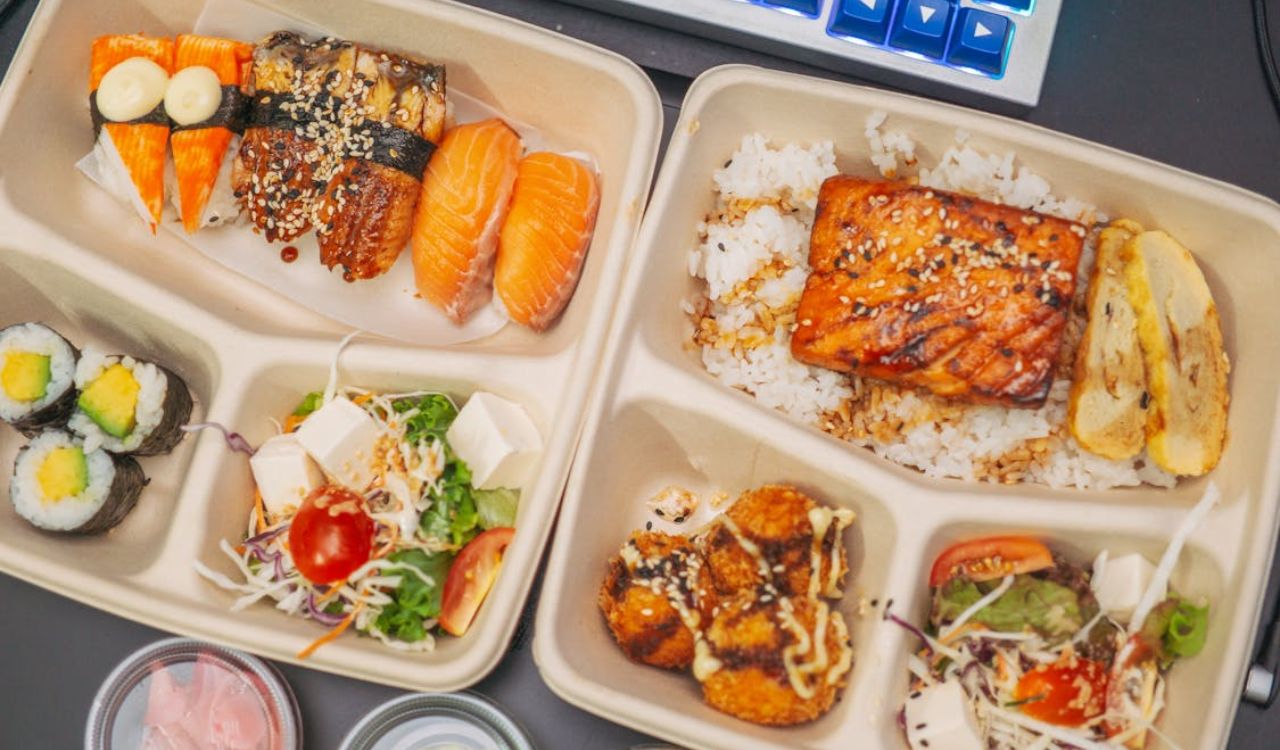
A bento box is more than a quick meal. Traditionally, it balances rice, vegetables, and protein in one container, creating harmony between taste, nutrition, and presentation. Homemade bentos are often seen as a gesture of care, while store-bought versions are convenient meals that never sacrifice freshness. Some are designed with elaborate shapes or cartoon characters, known as kyaraben. This focus on both balance and beauty illustrates the Japanese value of turning even an everyday lunch into something thoughtful and visually pleasing, proving that food can nourish both the body and the spirit.
Matcha Tea Represents Centuries of Tradition

Matcha is not simply powdered green tea. In Japan, it plays a central role in the tea ceremony, a practice that emphasizes respect, mindfulness, and hospitality. To prepare it, finely ground tea leaves are whisked with hot water until frothy, producing a vivid green drink with earthy, slightly bitter notes. Rich in antioxidants, matcha has also become popular worldwide in lattes, ice cream, and baked goods. Its enduring role in Japanese culture shows how a single ingredient can embody ritual, artistry, and health, while also adapting to modern tastes and global food trends.
Most Wasabi Outside Japan Is Imitation

Most wasabi served with sushi outside Japan is actually horseradish mixed with mustard and green coloring. True wasabi comes from the rhizome of the Wasabia japonica plant, grown in mineral-rich mountain streams. Its flavor is gentler, fresher, and fades quickly compared to the sinus-burning sting of substitutes. Because it is difficult and costly to cultivate, authentic wasabi remains rare, making it a prized delicacy for sushi purists.
Kaiseki Is Japan’s High Art of Dining
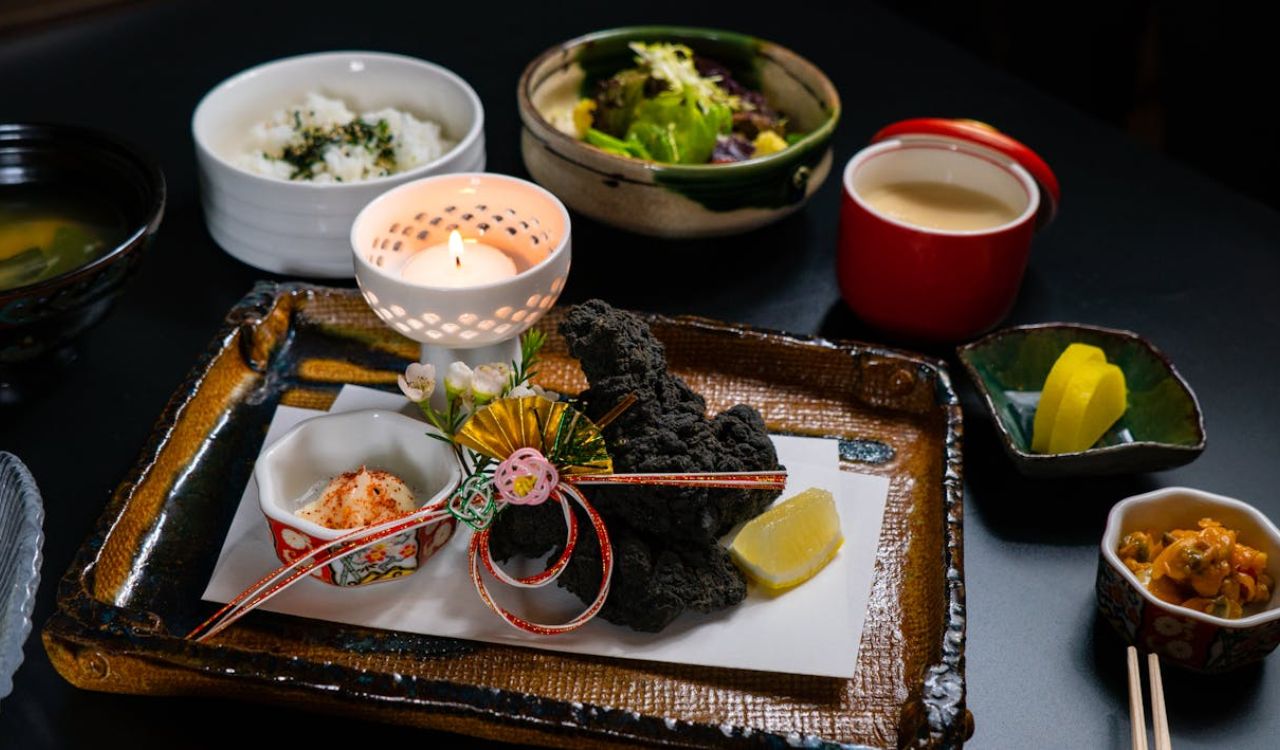
Kaiseki is considered the peak of Japanese fine dining. It is a multi-course meal carefully arranged to highlight seasonal ingredients, textures, and colors. Dishes often include sashimi, simmered vegetables, grilled fish, soups, and small desserts, each presented with artistic detail. The sequence moves from light to rich, ensuring balance throughout the meal. Kaiseki is not only about flavor but also about harmony between food and presentation. Often enjoyed at traditional inns or special restaurants, it reflects Japanese hospitality at its finest, offering a cultural experience that feels like a carefully choreographed performance.
Convenience Stores Serve Fresh and Tasty Meals

Japanese convenience stores, or konbini, are famous for food that far surpasses typical fast options. Shelves are stocked with rice balls, fresh sandwiches, hot meals, and desserts, many of which are prepared daily. Seasonal and limited-edition items keep the selection exciting, making konbini a reliable stop for locals and travelers alike. Whether you need breakfast, a quick snack, or a full dinner, the quality and affordability are surprisingly high. Konbini meals reflect Japan’s dedication to freshness and efficiency, proving that convenience food does not have to mean compromise.
Slurping Noodles Is a Sign of Respect

In Japan, slurping noodles is not only acceptable, it is encouraged. Whether enjoying ramen, soba, or udon, slurping cools the noodles and enhances flavor by mixing air with broth. It also signals appreciation for the meal. While some visitors may find it unusual, the practice reflects Japan’s open, enthusiastic approach to food enjoyment. Eating with sound is part of the cultural experience, where meals are about taste, texture, and shared enjoyment rather than rigid etiquette. So when in Japan, do not be shy—slurping is a way to say thank you to the chef.
Seasonal Ingredients Are Central to Japanese Cuisine
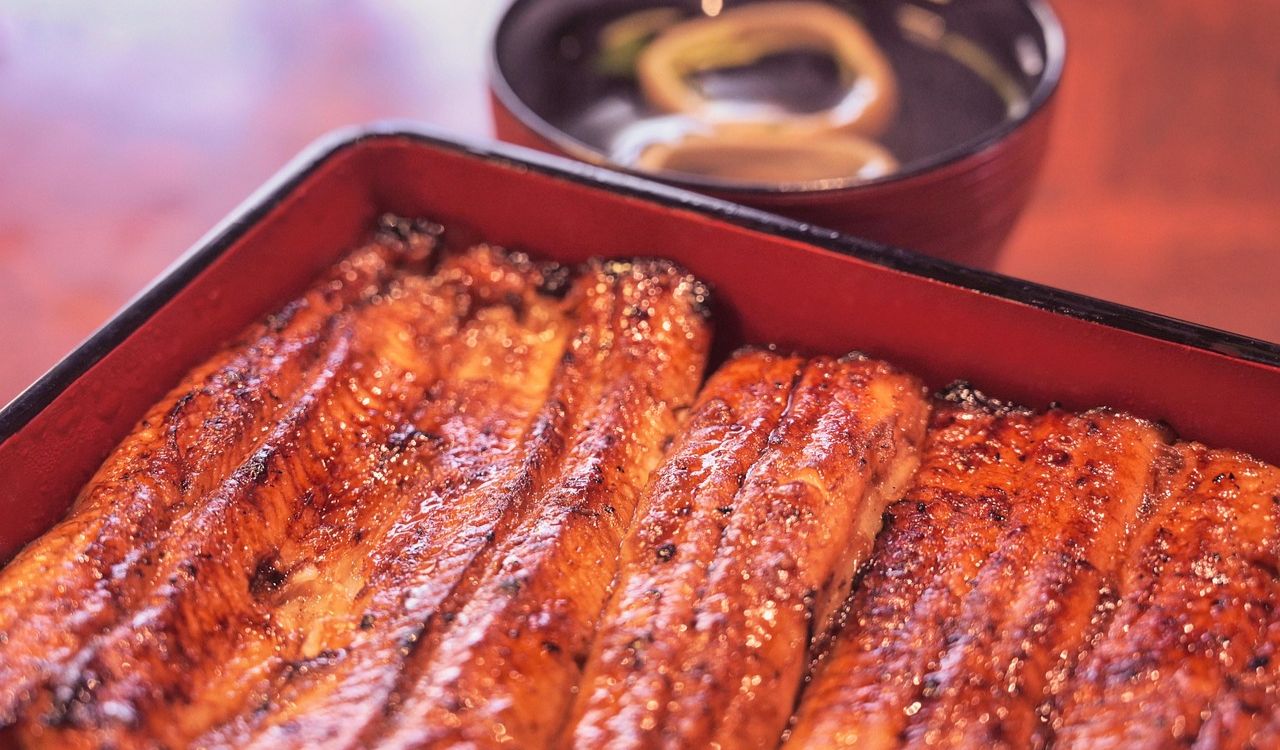
Japanese cooking closely follows the seasons. Chefs emphasize ingredients at their peak, from bamboo shoots in spring to fresh eel in summer and chestnuts in autumn. Even casual meals often adjust with the calendar, and restaurants update menus to highlight what nature provides. This approach ensures flavor, freshness, and variety while creating a dining experience that connects people to the natural world. It is a reminder that food is not just about sustenance but about living in harmony with the environment, honoring each ingredient when it is at its best.
Japanese Curry Became a National Comfort Dish
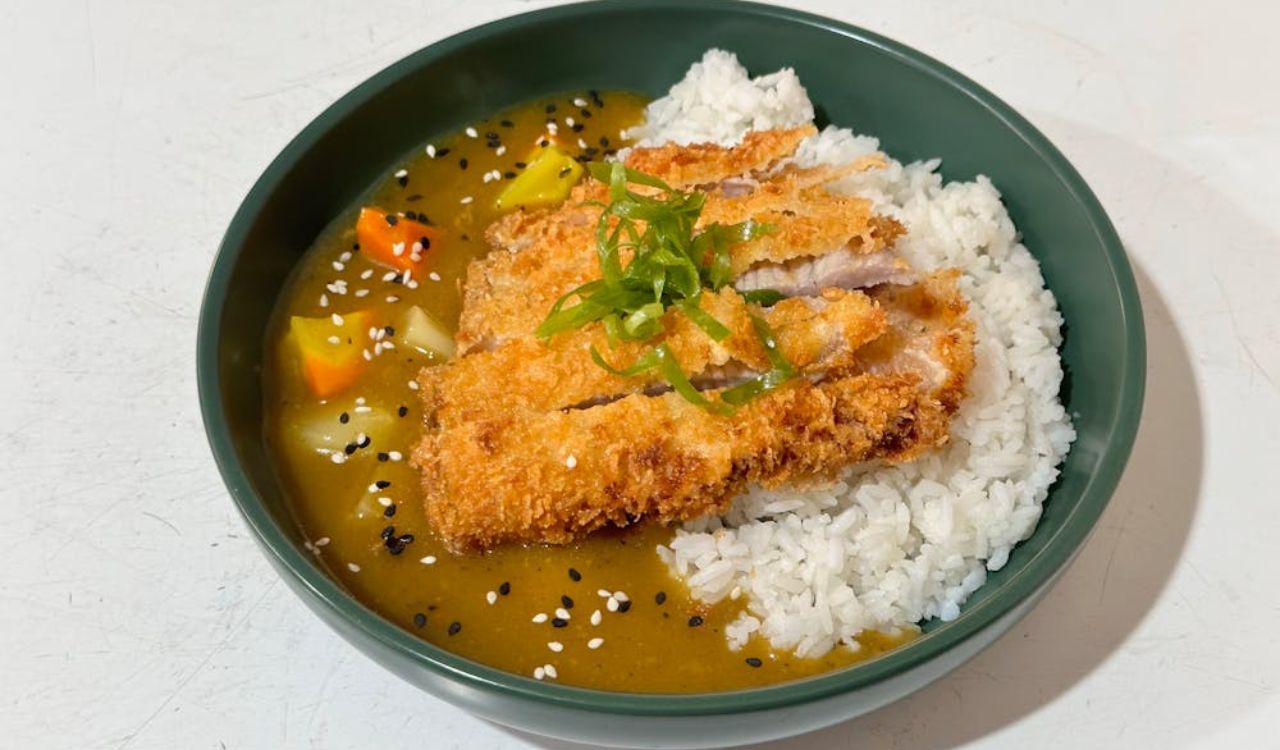
Japanese curry was introduced during the late 19th century via the British navy, which had already adapted Indian spices into a milder stew. In Japan it became thicker, sweeter, and less spicy, often served with rice, noodles, or breaded pork cutlet (katsu curry). Widely eaten in homes, schools, and casual diners, curry is now a comfort food across generations. It represents how Japan reinterprets international cuisine into something distinctly its own.
Regional Specialties Define Japanese Food Culture
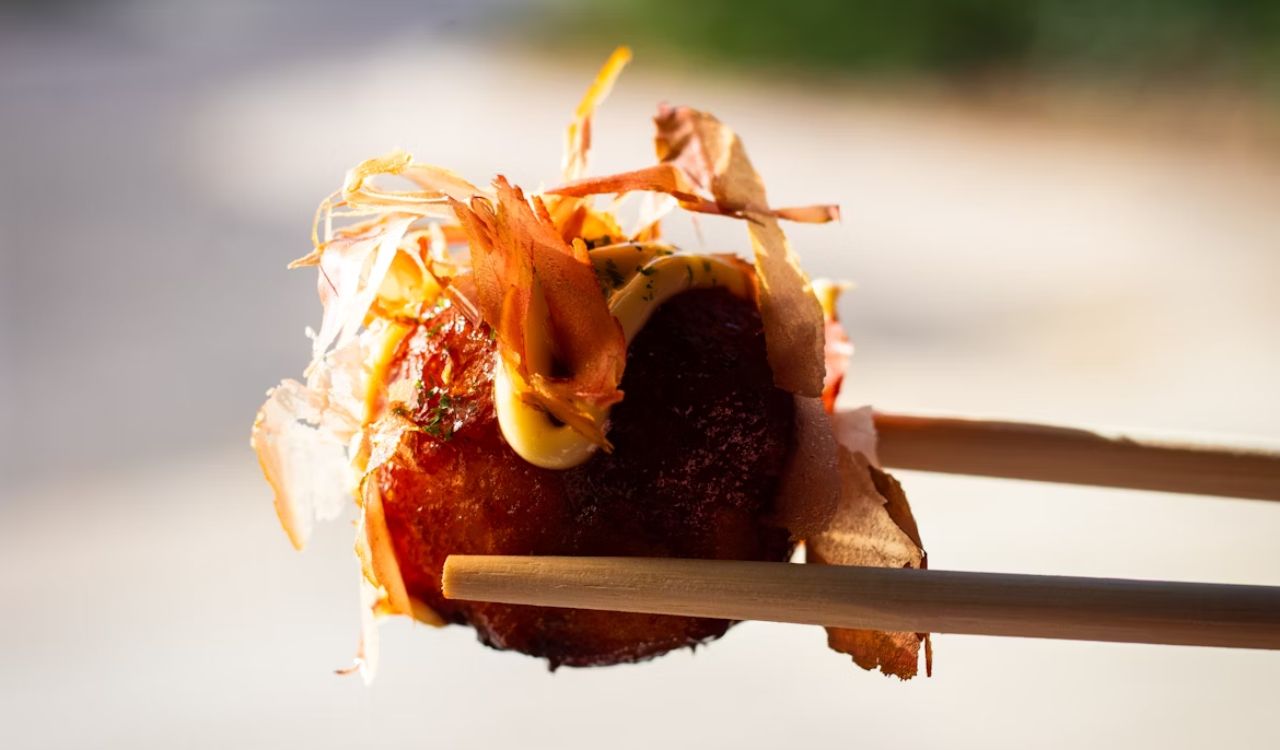
Japan’s regions each boast signature dishes shaped by local resources and history. Osaka is famous for takoyaki and okonomiyaki, Kyoto for refined Buddhist-inspired cuisine, and Hokkaido for rich dairy and seafood. Exploring these specialties is like traveling through Japan’s culture and geography one bite at a time. Regional dishes highlight the country’s diversity, showing that Japanese cuisine is not just one style but a collection of traditions. For food lovers, trying these specialties provides insight into local identity and ensures that no two food journeys through Japan are ever the same.
Japanese Desserts Combine Tradition and Modern Creativity
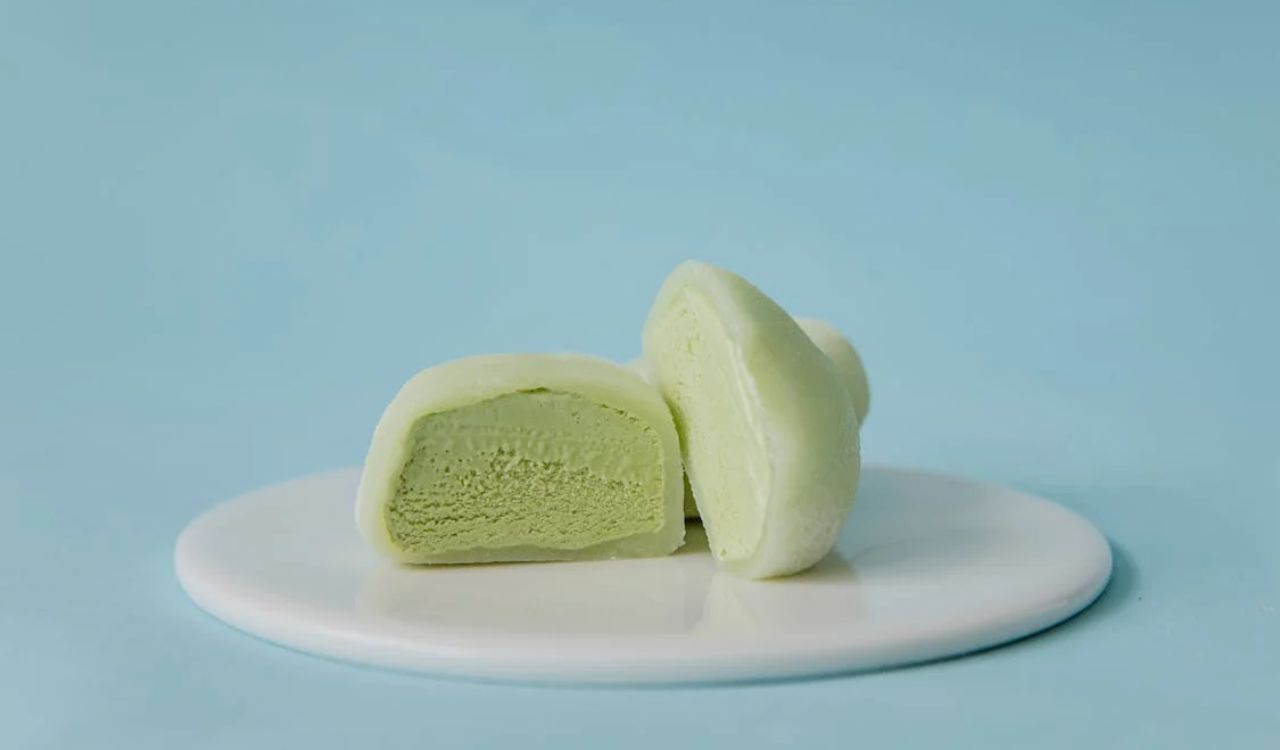
Desserts in Japan reflect both tradition and innovation. Wagashi, traditional sweets often paired with tea, are crafted with rice flour, red bean paste, and seasonal fruits. At the same time, Western influences have introduced light cheesecakes, parfaits, and cream-filled pastries that now coexist alongside wagashi. The blend of old and new creates a dessert culture that feels both rooted and forward-looking. Whether you enjoy delicate mochi or fluffy sponge cake, Japanese desserts showcase balance, artistry, and creativity, offering food lovers an equally sweet side of the country’s culinary identity.
Onigiri Is Japan’s Favorite Portable Snack
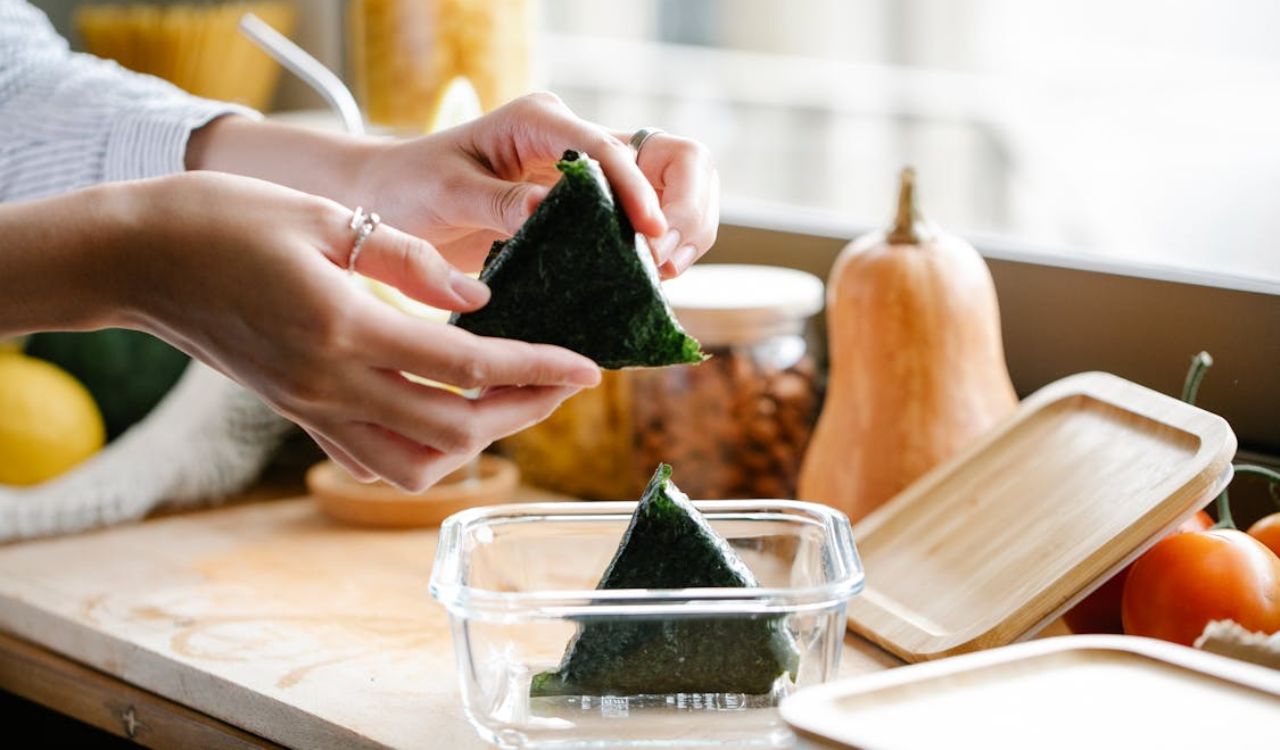
Onigiri, or rice balls, are a beloved snack found in convenience stores, train stations, and homemade lunches. Shaped into triangles or rounds, they are often filled with salmon, tuna, or pickled plum and wrapped in nori. Affordable and easy to carry, they are ideal for travel or busy days. For many Japanese people, onigiri also carries nostalgia, often reminding them of childhood or home-cooked meals. Its popularity shows how simplicity, when paired with quality ingredients, can create a satisfying and deeply cultural food experience.
Fermentation Is Key to Japanese Flavor
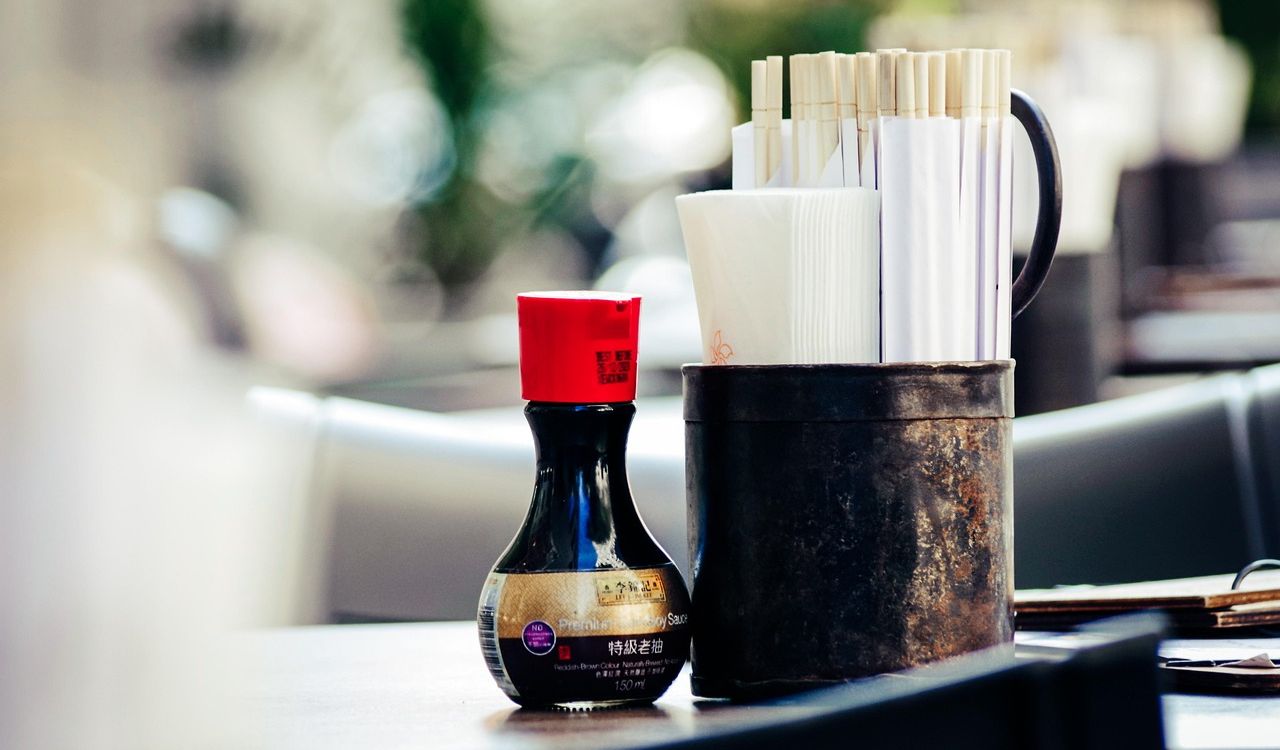
Fermentation underpins the depth of Japanese cooking. Without staples like soy sauce, miso, mirin, and pickled vegetables, much of the cuisine’s complexity and umami character would vanish. This centuries-old method not only builds layers of taste but also preserves food and supports health, showing Japan’s enduring resourcefulness and respect for natural processes that continues to influence global culinary traditions today.




